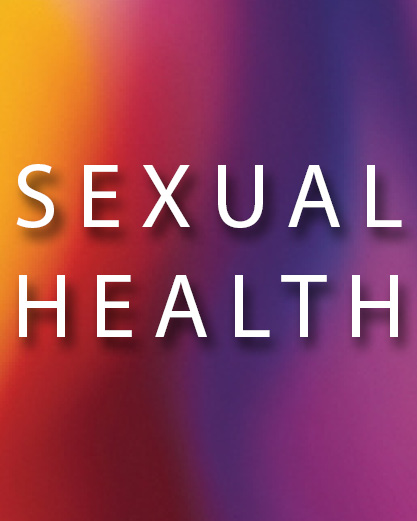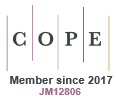Efficient modalities of finding people with STIs or bloodborne infections are necessary to control these epidemics. Network-based testing services, including partner services, social network testing, and family/household testing,, are effective at case-finding and linkage to care for HIV, but less is known about their effectiveness for other infections, or for providing prevention services. In this article we argue for integration of partner service delivery to achieve testing, linkage, treatment, and prevention goals for HIV, STIs, and viral hepatitis.
SH24027 Abstract | SH24027 Full Text | SH24027PDF (503 KB) Open Access Article





